During the Donbas Media Forum, organized in partnership between the Institute for Regional Media and Information (IRMI, Ukraine) and Fondation Hirondelle, Ukrainian journalists and media experts discussed how regional media have been transforming during the war, seeking sustainable ways to operate despite the enormous challenges. Since 2022, within the Improving Media Resilience in Ukraine project, IRMI has supported dozens of editorial teams in adopting sustainable practices, building trust with their audiences, and enhancing their role in local communities. As IRMI Director Oleksii Soldatenko pointed out, grants that merely allow media to “survive a little longer” are insufficient. The goal is to help outlets become more independent, plan strategically, and find models that ensure long-term sustainability.
Five regional outlets shared their stories of transformation and financial innovation.
- Visnyk Ch (Chernihiv Region), represented by Maryna Osipova, has undergone a significant transformation from a traditional print newspaper to a powerful multimedia brand with over 130,000 subscribers. Today, around 70% of its budget comes from subscriptions, 15% from advertising, and 15% from grants. Despite this modernization, the team remains committed to preserving print journalism in Ukraine, maintaining a circulation of 22,000 copies. Thanks to IRMI’s support, Visnyk Ch has produced over 1,000 videos in two years, and its video production is already self-sustaining. Each video is edited into smaller clips for monetization — one recent short video earned USD 50, with total monthly platform revenue reaching about USD 700, enough to cover travel and production expenses. Osipova emphasized that attending media forums and actively promoting one’s brand are key to success.
- NikVesti (Mykolayiv), led by Oleh Dereniuha, reached 4.5 million visits and launched the NikVesti Club, a paid membership community. The outlet shifted its focus from national stories to local issues. It separated editorial management from business management to improve efficiency. Two months after introducing the paid club, they had already collected UAH 16,000, approximately 5% of their monthly expenses, with a long-term goal of generating one-third of their revenue from readers, donors, and advertising. NikVesti also generates 20% of its income from commercial activities, such as selling photos and content licenses — for instance, a Dutch telecom company bought one of their photos for 16,000 UAH. Dereniuha highlighted the importance of government policies that could direct large companies to advertise in local media rather than on billboards. His outlet also earns from official paid notices issued by local authorities, clearly marked as such to maintain transparency.
- Status Quo (Kharkiv), represented by Nataliya Kobzar, shared its experience of rebuilding from the brink of collapse under constant shelling to becoming the first media outlet in Kharkiv certified under the Journalism Trust Initiative (JTI). Today, 55% of its income comes from commercial sources, with minimal reliance on grants. This model is closest to true financial independence. Before the full-scale invasion, the outlet relied on a few major advertisers, such as telecom and gas companies; however, losing those contracts prompted them to diversify. Now, they maintain a large pool of smaller advertisers, which is harder to manage but ensures greater financial stability. Donor support helped the outlet survive and reform. Still, Kobzar emphasized that it should serve as a tool for growth, not dependency. JTI certification, she added, brought structure, reputation, and legal protection: platforms cannot arbitrarily remove certified content. Status Quo also assists smaller regional newspapers in building their own websites. This reputation-based, nonprofit project may generate modest advertising revenue in the future.
- RIA Pivden (Zaporizhzhia), led by Svitlana Zalizetska, underwent a dramatic transformation after the occupation of Melitopol, where the newsroom was based. After the newsroom was raided and two journalists were captured, the team relocated and rebranded from RIA Melitopol to RIA Pivden. Despite losing all equipment and infrastructure, they continued publishing and finally rebuilt their operations from scratch, with IRMI’s help. Their Telegram channel grew from 5,000 to 80,000 subscribers, becoming a voice for residents of temporarily occupied territories. Zalizetska noted that the audience helped choose the new name and design through an online voting process. They even created a chat room for displaced residents of Melitopol, keeping their community connected virtually. Currently, 80% of their income comes from grants, 18% from advertising, and 2% from reader donations — mostly from Ukrainians abroad, as the team discourages people in occupied areas from donating for safety reasons. The newsroom also conducts investigations into war crimes, focusing on practical and humanitarian reporting rather than politics. Their long-term goal is to increase income from business activities and reduce reliance on donors.
- Horodok TV Radio press center (Khmelnytskyi Region), represented by Nataliya Popovych, transformed from near-bankruptcy into a modern multiplatform media organization that includes a newspaper, radio, online edition, and digital television. Their current model consists of 50% grant funding, 25% community support, 17% information services, and 8% subscriptions, but they aim to shift toward a more balanced structure with less donor dependence. The outlet has established partnerships with local hospitals, schools, and cultural institutions to distribute important public information through its platforms, generating income while serving the community. Popovych noted the growing popularity of radio among young audiences, contrary to stereotypes, and highlighted radio’s unique value in encouraging open conversation without the pressure of cameras. The newsroom has written a three-year strategic plan. It aims to achieve a model of 30% grants, 30% information products, 20% advertising, and 20% reader support.
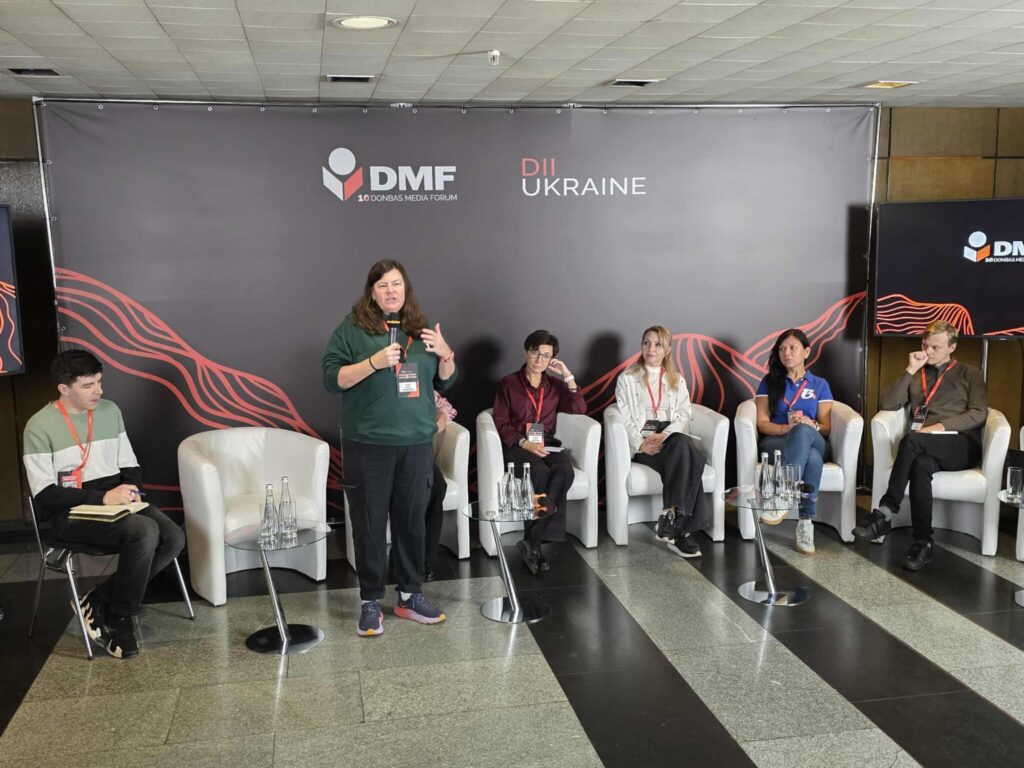
Across all these cases, certain common themes emerged. Salaries remain the main expense for most outlets, followed by transportation and office costs. In some regions, such as Mykolayiv, paying competitive wages to young journalists is difficult. Others, like Status Quo, spend extra funds to host their servers abroad to protect data. Meanwhile, media like the RAI TV and radio company (Ivano-Frankivsk) invest heavily in new studios in several cities to expand local coverage and prepare for donor-independent operations.
Overall, donors continue to play an important role in helping Ukrainian media adapt and modernize. However, speakers stressed that donor aid should stimulate innovation, not dependency.
As Maryna Osipova put it, “Media must adapt donors to their content, not the other way around.”
Svitlana Zalizetska emphasized that state support is essential for media in frontline or occupied areas, as these outlets serve as a vital source of hope and connection for local populations.
Nataliya Kobzar agreed that responsible donor requirements for sustainability are signs of “common sense,” pushing media to restructure and diversify.
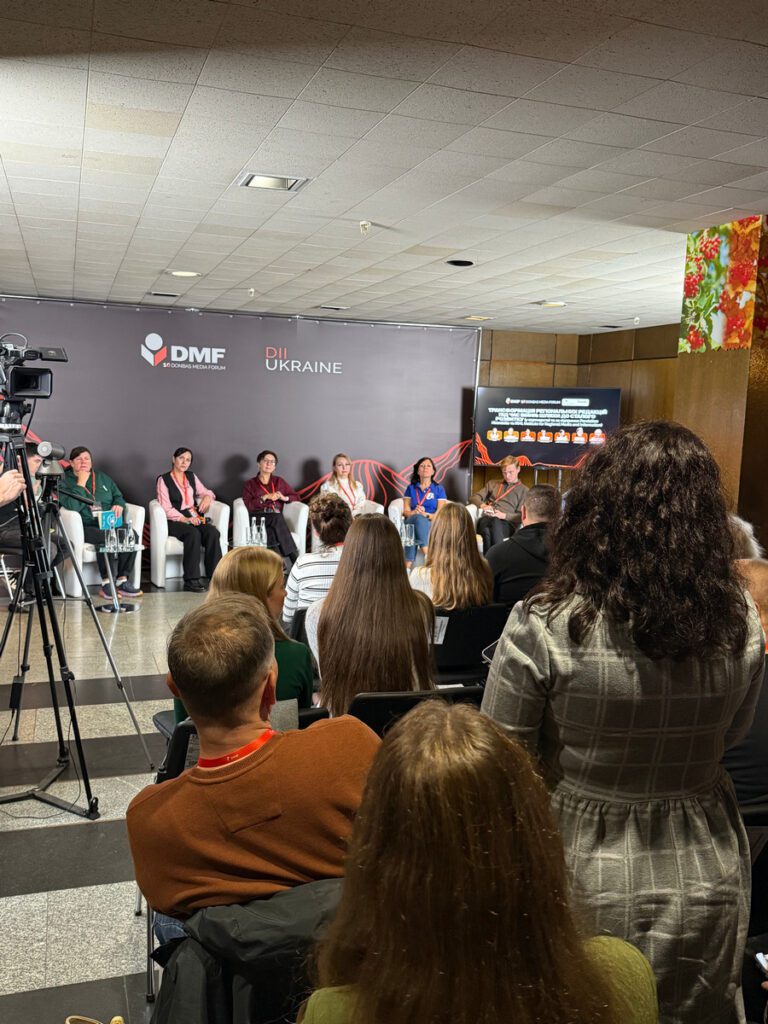
According to Sabra Ayres from Fondation Hirondelle, their organization prioritizes supporting outlets that produce content tailored to their local audiences, as such media are the most promising and resilient.
In conclusion, Oleksii Soldatenko summarized that external audits indicate that most Ukrainian regional media are not yet ready to operate independently without donor assistance within the next three to five years. When asked who in the audience believed their outlet could fully sustain itself without grants within that time frame, almost no hands were raised.
Still, the stories shared at the forum demonstrated that many regional media have already turned crisis into opportunity — learning to innovate, diversify, and rebuild trust with their communities while laying the groundwork for a more sustainable and independent future for Ukrainian journalism.
Nazarii Vivcharyk
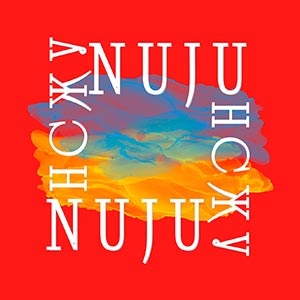
 THE NATIONAL UNION OF
JOURNALISTS OF UKRAINE
THE NATIONAL UNION OF
JOURNALISTS OF UKRAINE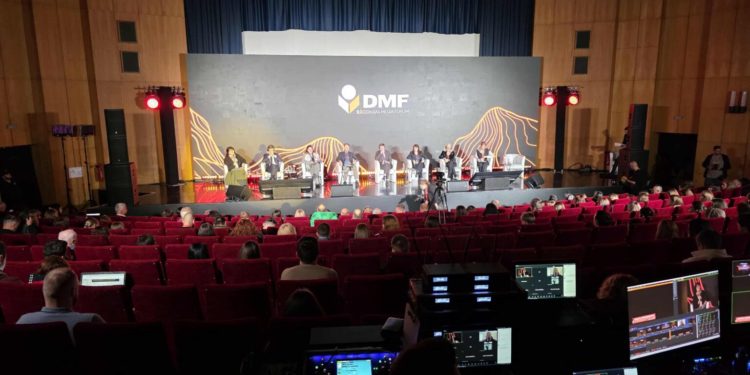
![International Media Organizations: peace plan mustn’t envision amnesty for crimes against journalists 4 Ukrainian flag on Independence Square [Maidan Nezalezhnosti] in Kyiv, Ukraine (archive image). EPA-EFE / Oleh Petrasiuk](https://nuju.org.ua/wp-content/uploads/2025/12/maidan-flag-yezhak-2022-350x250.jpg)


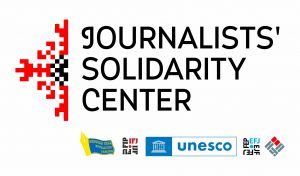

![International Media Organizations: peace plan mustn’t envision amnesty for crimes against journalists 8 Ukrainian flag on Independence Square [Maidan Nezalezhnosti] in Kyiv, Ukraine (archive image). EPA-EFE / Oleh Petrasiuk](https://nuju.org.ua/wp-content/uploads/2025/12/maidan-flag-yezhak-2022-120x86.jpg)





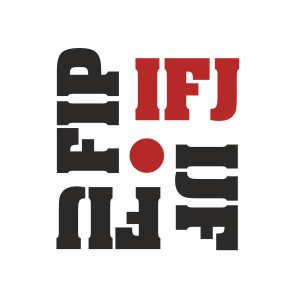
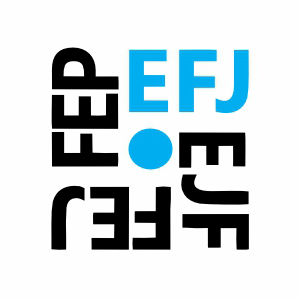


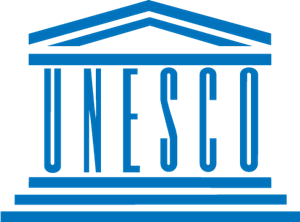
Discussion about this post